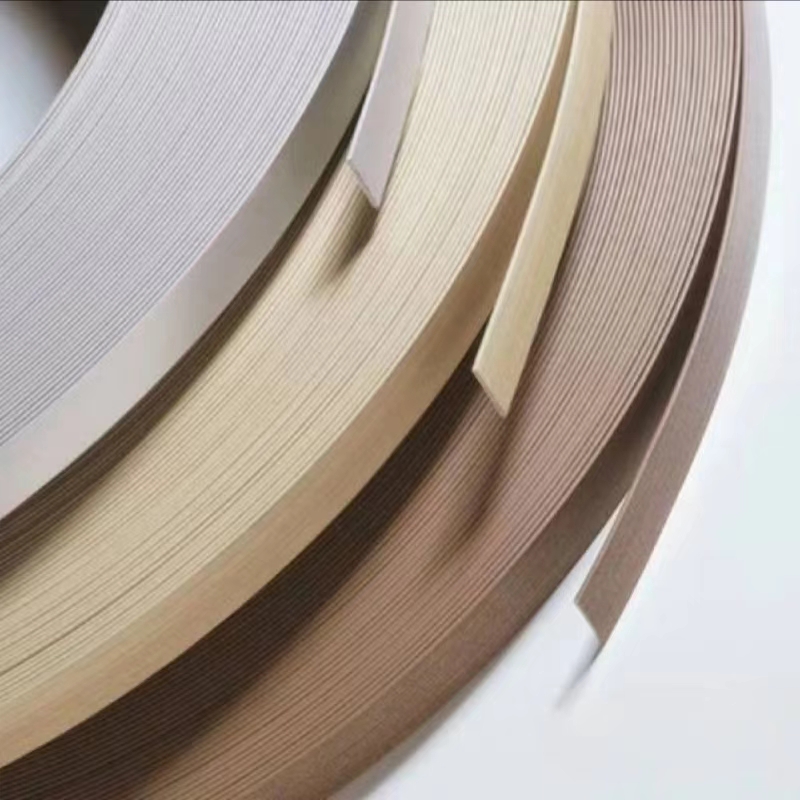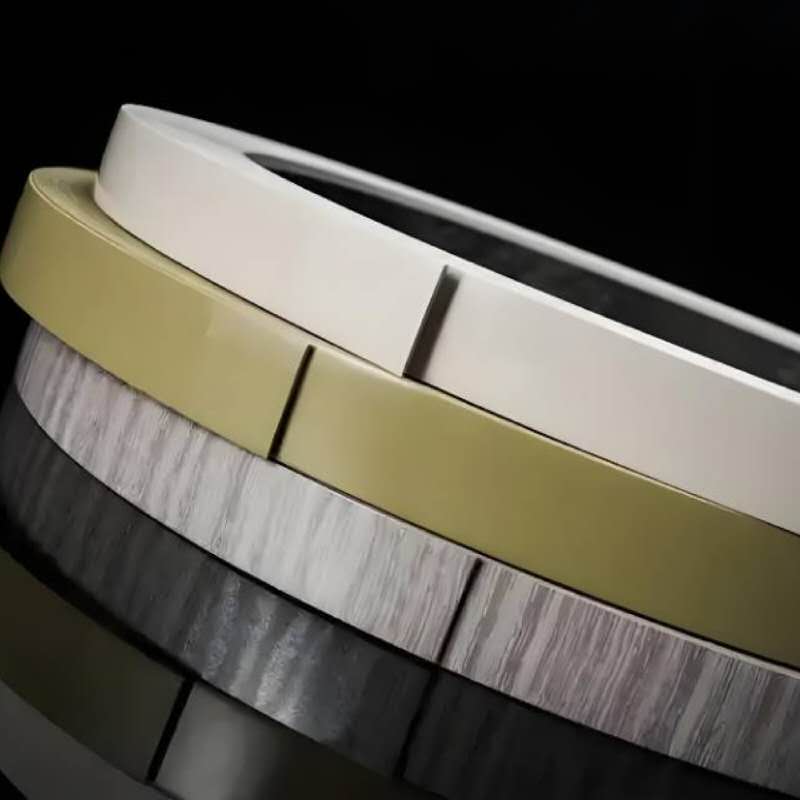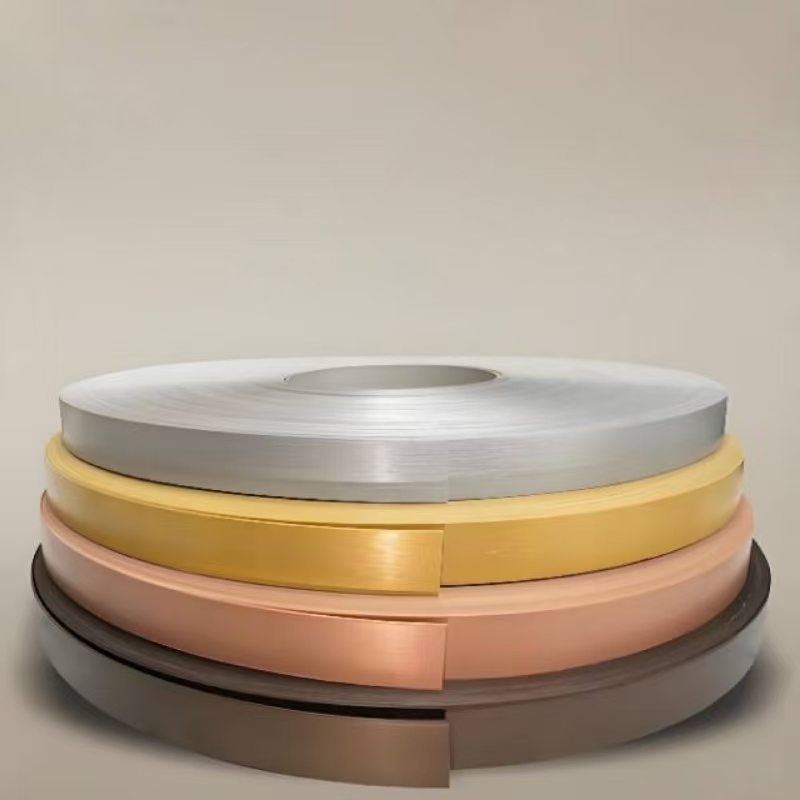Title: Edge Banding Innovations in Manufacturing: Crafting the Future of Home Decor
In the ever-evolving world of home decor and furniture manufacturing, edge banding has emerged as a vital component that not only enhances aesthetics but also ensures durability and functionality. From traditional materials to cutting-edge technologies, the production and application of edge banding have undergone significant transformations, revolutionizing the industry.
Production Process: A Blend of Precision and Craftsmanship
The production of edge banding involves a meticulous process that combines advanced machinery with skilled craftsmanship. Starting with the selection of raw materials, manufacturers meticulously choose stainless steel, PVC, ABS, or aluminum alloys, each with its unique properties. For instance, stainless steel, renowned for its corrosion resistance and strength, is ideal for furniture edges requiring a premium finish. On the other hand, PVC and ABS offer cost-effectiveness and versatility, making them popular choices for mass production.
Once the raw materials are sourced, the cutting process commences, utilizing laser or mechanical cutting machines for precision and efficiency. Subsequent surface treatments such as polishing, brushing, or sandblasting further enhance the appearance and durability of the edge banding. Forming and bending processes follow, shaping the strips into the desired contours to fit seamlessly onto furniture edges.
Innovations in adhesive technology have also streamlined the bonding process. Advanced glues and heat-activated adhesives ensure a strong and long-lasting bond between the edge banding and the substrate material. Quality control measures, including visual inspections and mechanical tests, ensure that every strip meets the highest standards before packaging and dispatch.
Versatile Applications: Beyond Decoration
Edge banding's applications extend far beyond mere decoration. In furniture manufacturing, it protects the exposed edges of particleboard, MDF, or plywood, preventing moisture ingress and enhancing the overall durability of the product. In kitchens and bathrooms, stainless steel edge banding on countertops and basins not only adds a sleek finish but also provides superior water resistance. Similarly, in door and window frames, edge banding ensures airtight seals and improved insulation.
Architectural applications have also witnessed a surge in the use of edge banding. Decorative strips on walls, floors, and stairs not only enhance the visual appeal of a space but also protect against wear and tear. The versatility of edge banding allows it to blend seamlessly with various design styles, from modern minimalist to traditional ornate.
Production Innovations: Driving the Industry Forward
Recent years have seen a proliferation of innovative technologies and materials in edge banding production. The integration of laser technology, for instance, has enabled precise cutting and seamless bonding, resulting in a "no-gap" finish that is virtually invisible. This advancement has significantly enhanced the aesthetic appeal of furniture and architectural elements.
Moreover, the development of eco-friendly materials has addressed growing concerns about sustainability. ABS edge banding, with its low environmental impact and recyclability, is increasingly being adopted by manufacturers seeking to reduce their carbon footprint. Similarly, PVC edge banding formulations are being optimized to minimize the use of harmful additives, making them safer for both users and the environment.
In terms of design, edge banding is no longer limited to straight lines and uniform colors. Manufacturers are now offering a wide range of textures, patterns, and even 3D effects to cater to the diverse preferences of consumers. This trend towards customization and personalization is driving the industry forward, as homeowners and designers seek unique and eye-catching solutions for their spaces.
Conclusion: Edge Banding – A Cornerstone of Modern Home Decor
Edge banding, with its intricate production process, versatile applications, and continuous innovation, has become an indispensable element in modern home decor and furniture manufacturing. As the industry continues to evolve, edge banding will play an even more critical role in enhancing the beauty, durability, and functionality of our living spaces. With advanced technologies and eco-friendly materials driving the production process, the future of edge banding looks bright, promising to deliver even greater value to homeowners, designers, and manufacturers alike.




